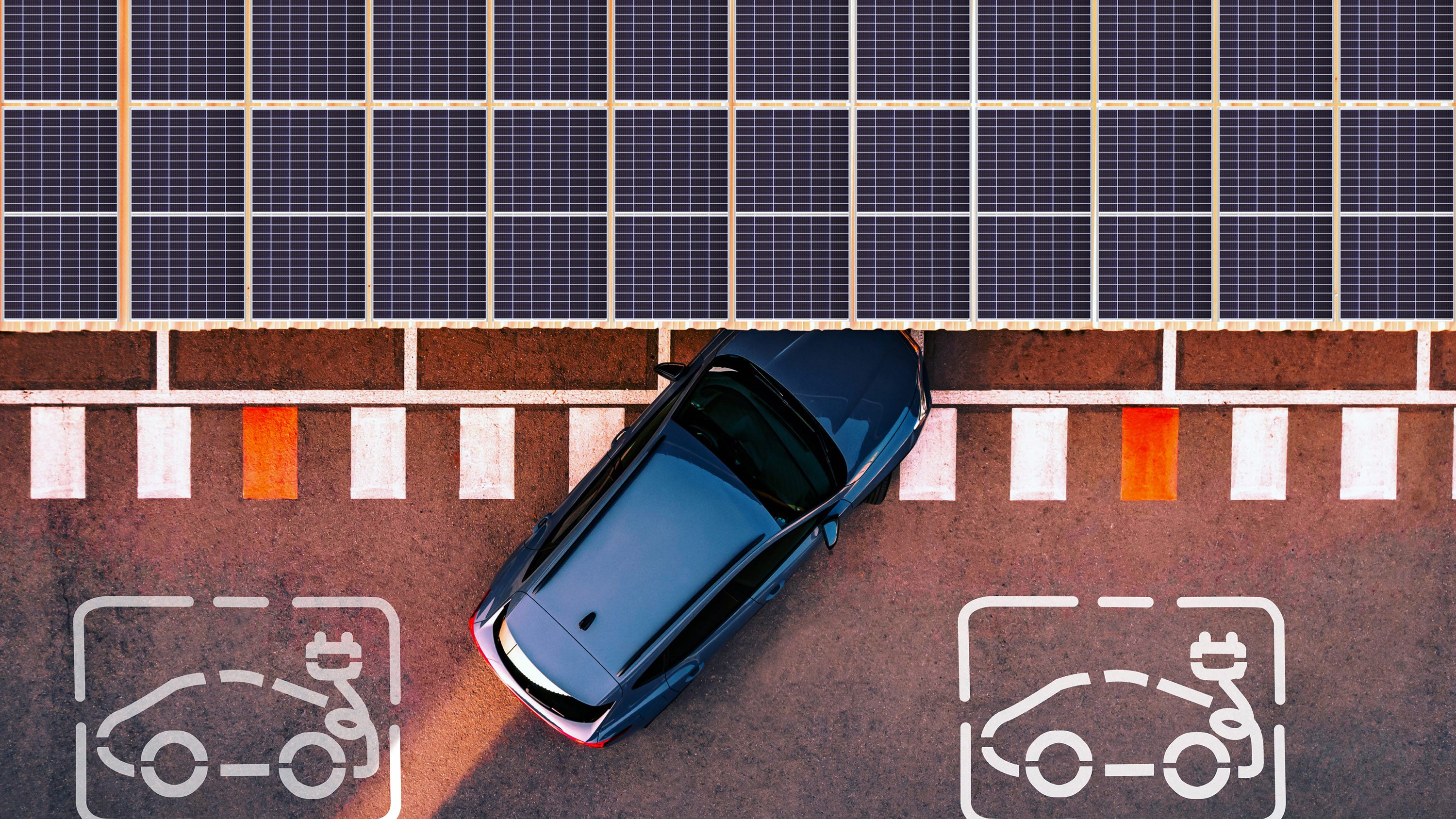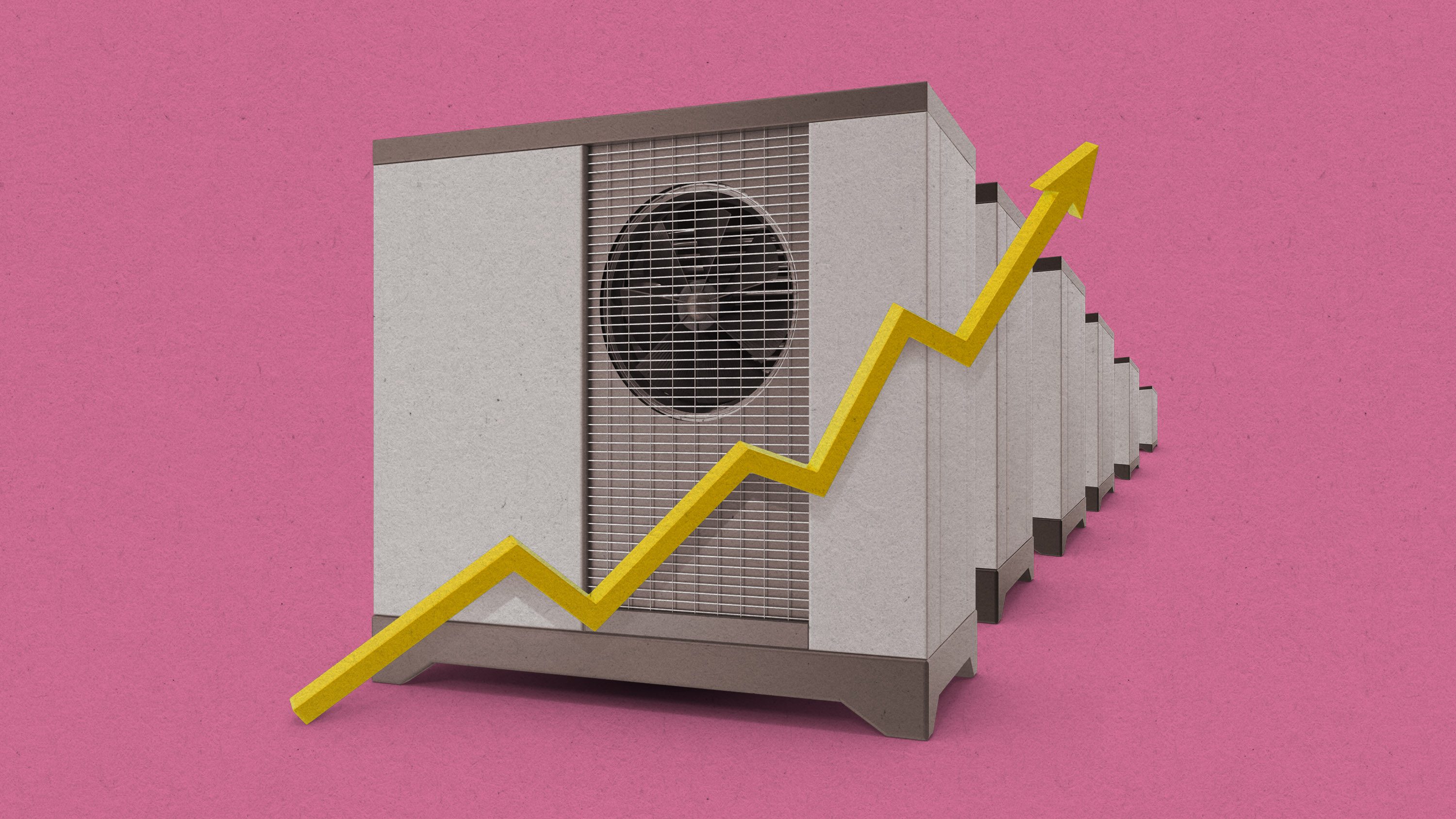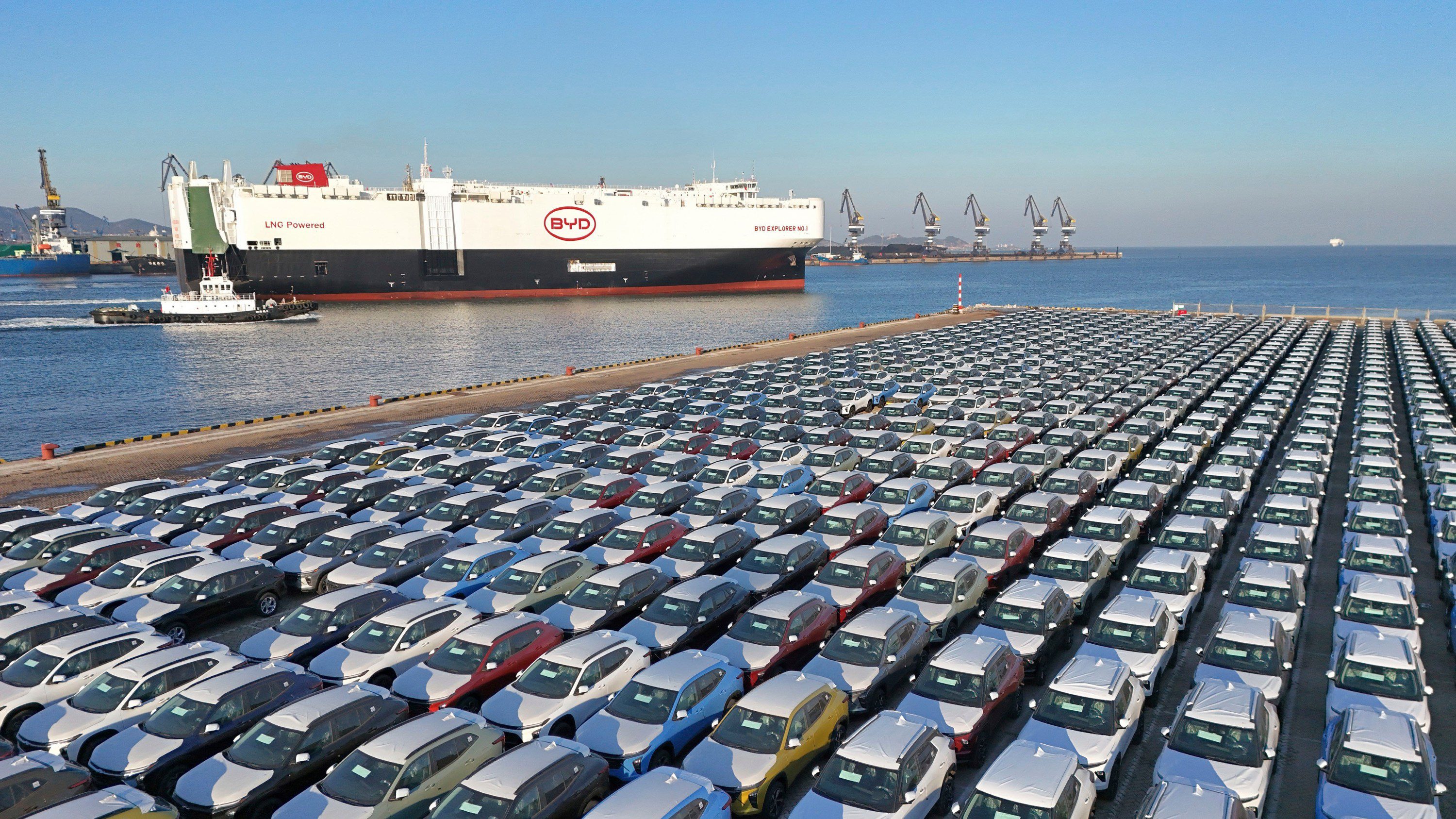Three frequently asked questions about EVs, answered
This article is from The Spark, MIT Technology Review’s weekly climate newsletter. To receive it in your inbox every Wednesday, sign up here.
For someone who does not own or drive a car, I sure do have a lot of thoughts about them.
I spend an inordinate amount of time thinking about transportation in general, since it’s one of the biggest areas we need to clean up to address climate change: it accounts for something like a quarter of global emissions. And the vehicles that we use to shuttle around to work, school, and the grocery store in many parts of the world are a huge piece of the problem.
Last week, MIT Technology Review hosted an event where my colleagues and I dug into a conversation about the future of batteries and the materials that go into them. We got so many great questions, and we answered quite a few of them (subscribers should check out the recording of the full event here).
But there were still a lot of questions, particularly about EVs, that we didn’t get to, so let’s take a look at a few. (I’ve edited these for length and clarity, but they came from subscribers, so thank you to everyone who submitted!)
Why is there not a bigger push for plug-in hybrids during the transition to full EVs? Could those play a role?
Hybrids are sometimes relegated to the fringes of the EV discussion, but I think they’re absolutely worth talking about.
Before we get into this, let’s get a couple of terms straight. All hybrid vehicles use both an internal-combustion engine that burns gasoline and a battery, but there are two key types to know about. Plug-in hybrids can be charged up using an EV charger and run for short distances on electricity. Conventional hybrids have a small battery to help recapture energy that would otherwise be wasted, which boosts gas mileage, but they always run on gasoline.
Any technology that helps reduce emissions immediately can help address climate change, and even a conventional hybrid will cut emissions by something like 20%.
Personally, I think plug-in hybrids in particular are a great option for people who can’t commit to an EV just yet. These vehicles often have a range of around 50 miles on electricity, so if you’re commuting short distances, nearly all your driving can be zero-emissions.
Plug-ins aren’t the perfect solution, though. For one thing, the vehicles may have higher rates of problems than both EVs and gas-powered vehicles, and they need a bit more maintenance. And some studies have shown that plug-in hybrids don’t tend to get the full emissions benefits advertised, because people use the electric mode less than expected.
Ultimately, we need to stop burning fossil fuels, so we’ll need to get used to vehicles that run without gasoline at all. But in the meantime, dipping a toe into the world of electric vehicles could be a good option for many drivers.
Will current charging technology be able to support EVs? How practical is it to bring chargers to remote areas of the country?
These questions hit on one of the biggest potential barriers to EV adoption: charging availability.
In many parts of the world, there’s a massive need to build more chargers to support the EVs already on the road, not to mention all the new ones being built and sold each year. Some agencies have recommended that there should be one public charger for every 10 EVs on the road, though factors like density and rates of at-home charging mean different communities will have different needs.
The US had about 24 EVs per charger as of the end of 2022, while the EU is at about 13, and China is among the leading nations with around eight. Improving that ratio is crucial to getting more drivers comfortable with EVs.
But building out the charging network is a big project, and one that looks different for different communities. In dense cities, many people live in apartments as opposed to single-family homes with garages, so even more public chargers will be needed to make up for the lack of at-home charging. For rural communities, or those that are less wealthy, getting any chargers built at all can be a challenge.
These so-called charging deserts often suffer from a sort of chicken-and-egg problem: there’s a lack of demand for chargers because people aren’t driving EVs, and people aren’t driving EVs because there are no chargers.
Public funding will be key to filling in gaps left by private companies installing charging networks. In the US, some money is tied to making sure that disadvantaged communities will benefit.
The bottom line is that it’s possible to make chargers available and equitable, but it’s definitely going to take a while, and it’s going to be expensive.
What about hydrogen—could that be an alternative to batteries?
I’ve been digging into this question, so stay tuned for a story coming very soon. But I’ll give you a sneak peek: the short answer is that I think there are many reasons to be skeptical of claims that hydrogen will swoop in to save the day for vehicles.
A small number of vehicles on the road today do use hydrogen as a fuel. The Toyota Mirai is one of the most popular fuel-cell models on the market, though only a few thousand were sold last year.
The big draw is that fueling up such a car looks a lot like fueling up a gas-powered vehicle today, taking just a few minutes at a pump. Even the fastest chargers can take around half an hour to juice up an EV, so hydrogen refueling is generally faster and more convenient.
But for a range of reasons, hydrogen vehicles are more expensive both to buy and to drive, and they’re likely to stay that way. There are better uses for hydrogen, too, in heavy industry and fertilizer and even long-range shipping. So EVs are probably going to be our best option for a long while.
I hope I’ve piqued your interest—look out for a longer story on this topic soon. In the meantime, check out some of our other transportation coverage.
Related reading
We put electric vehicles on our 2023 list of breakthrough technologies—see why here.
Hybrids are going to be around for a while, and that might be a good thing, as I wrote in a 2022 story.
Huge EVs are far from perfect, but they can be part of the story on addressing climate change.

Another thing
The EV revolution is happening faster in China than anywhere else in the world. So it’s no wonder that the country is also a center for the world of virtual power plants, which pull together energy resources like EV batteries. Read more about why China needs VPPs in my colleague Zeyi Yang’s latest story.
Keeping up with climate
Plastic is really difficult to recycle. A new report shows that some companies knew just how extensive the challenges are and obscured the truth for decades. (The Guardian)
→ Think that your plastic is being recycled? Think again. (MIT Technology Review)
The EU is finalizing rules around pulling carbon out of the atmosphere. The certification will favor techniques that work over long time scales and can be measured effectively. (The Verge)
EVs can run into trouble in extreme heat and cold. New materials, especially advancements in a part of the battery called the electrolyte, could help EVs last longer and stand up to tough conditions. (Scientific American)
A growing group of companies wants to enlist the earth to help store energy. Sage Geosystems just raised $17 million for geothermal energy storage. (Canary Media)
→ Fervo Energy demonstrated that its wells can be used like a giant underground battery. (MIT Technology Review)
Restringing power lines could be key in supercharging clean energy. The process can be quicker and cheaper than building new transmission lines, as long as red tape doesn’t get in the way. (Heatmap News)
Farmers are getting better at growing more crops faster on less land. The problem is, the benefits are focused on plants going into cars and cows, not people. (Wired)






